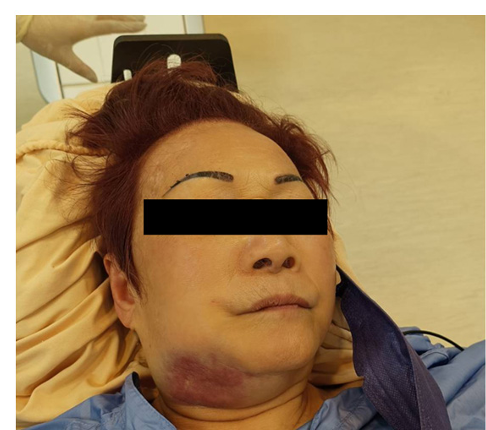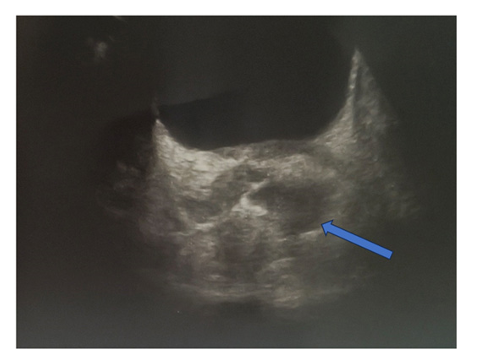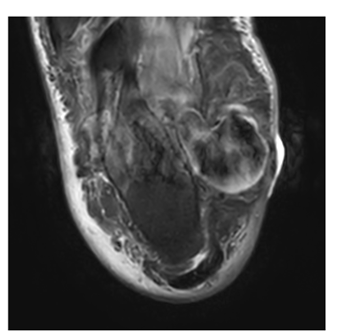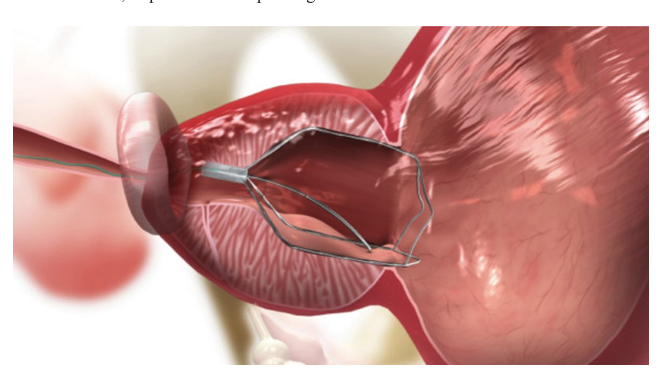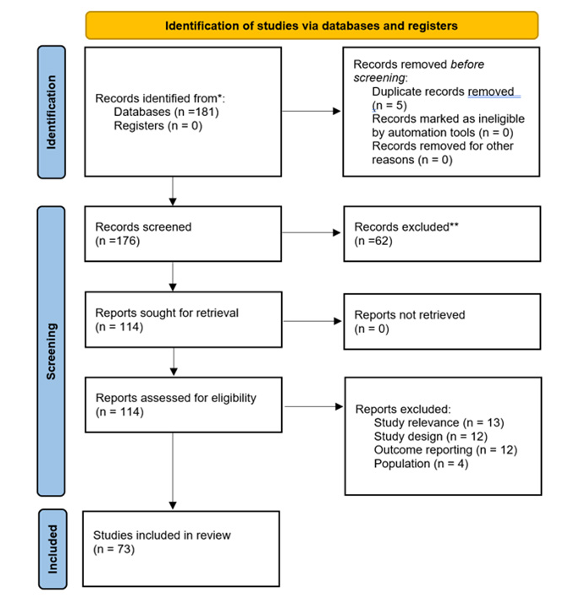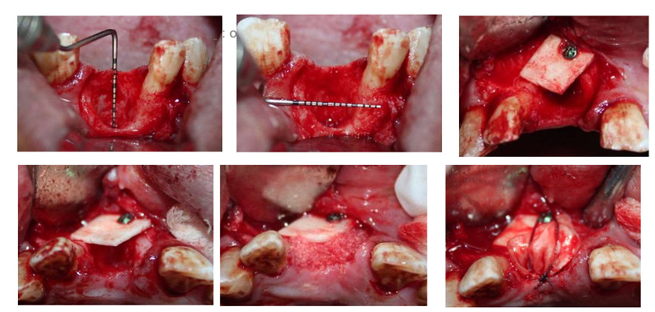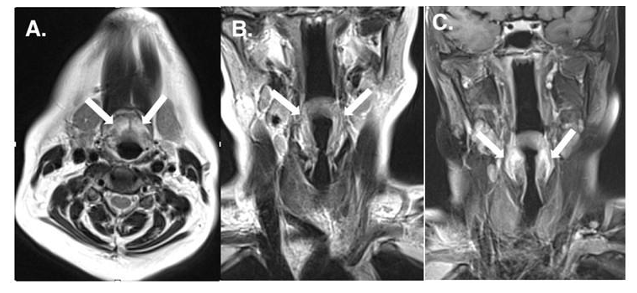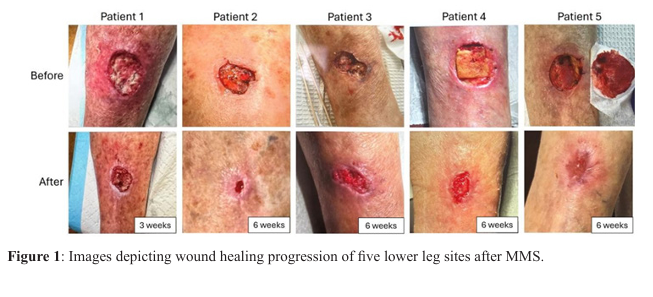1. Introduction of Deep Vein Thrombosis
Thrombosis is a blood clot in a blood vessel (a vein or an artery). Venous thrombosis occurs in a vein. Veins are the blood vessels that take blood towards the heart and lungs whereas arteries take the blood away. A deep vein thrombosis (DVT) is a blood clot that forms in a deep vein of the leg, calf or pelvis.
1. Abstract
Background: Lung cancer causes the greatest number of cancer deaths worldwide in both sexes. Around 2.2 million new diagnosis and 1.8 million deaths were estimated in 2020. Small-cell lung cancer represent only the 15 % of all cases.
1. Abstract
Erysipelas is a skin infection involving the dermis layer of the skin characterized by areas of erythema that usually requires a few days treatment and can involve the lower extremities.
1. Abstract
1.1. Background: Mycobacterium chelonae (MC) was isolated from an immunosuppressed four-year-old with Acute Myeloid Leukaemia. This was initially dismissed as gram positive bacil- li diptheroid based on gram staining. Several more blood culture bottles flagged up positive in quick succession. A review of the gram stain with additional ZN staining revealed acid-fast bacilli and finally identified as Mycobacterium chelonae.
1. Abstract
Therapeutic Plasma Exchange (TPE), frequently referred to as plasmapheresis. is an automated procedure which separates whole blood into plasma and blood cells. The plasma is discarded and replaced with physiologic fluids and returned to the patient along with the blood cells. Theoretically, any disease in which a humoral phase is implicated in the pathogenesis may be at least partially mitigated by removal of the patient’s plasma and replacement with physiologic solutions.
1. Abstract
Heavy metal contamination now a day is one of the major global environmental concerns and industrial effluent is commonly used for irrigation. Increasing industrial rate in the modern world is responsible
for increase in concentration of heavy metals. Present study was designed to isolate and identify some indigenous heavy metal tolerant bacteria from textile effluents.
1. Abstract
1.1. Introduction : Torsion of the gallbladder is a rare, acute abdominal condition, which commonly affect elderly women. Early diagnostic imaging and prompt cholecystectomy is necessary to avoid complications associated with gangrene and perforation of gallbladder.
1. Introduction
In The Diagnostic and Statistical Manual of Mental Disorders (DSM-V), a stressor is defined as any emotional, physical, social, economic, or otherwise unclassified factor that disrupts the normal physiological, cognitive, emotional, or behavioural balance of an individual [1].
1. Clinical Image
A female 33 years old patient, was admitted to the local hospital due to “repeated palpitations and syncope “ more than 7 months ago. She was diagnosed with arrhythmia, which was poorly controlled with medication.
1. Clinical Image
A 60-year female patient came to our hospital present with cough for two months. The radiography and electrocardiogram were considered inconclusive (Panel A-C).
ACMCR Archive
Articles Published
All articles are fully peer reviewed free to access and easy to download from our Site.
Why ACMCR?
- Highly Indexed Journals
- Fast Peer-Review System
- Reprints Issued Across the World
- Timely Submission for Indexing
- Collaboration with Research Institutions
- Reprints issued accross the world
- Diverse Subject Coverage
- DOI Assignment for Every Article
- Strict Ethical Guidelines
Digital Object Identifier

Content Registration at Crossref and DOI assignment for all published articles

